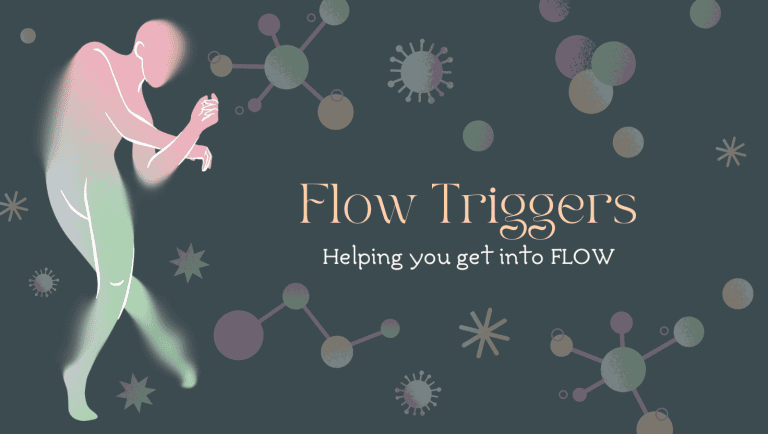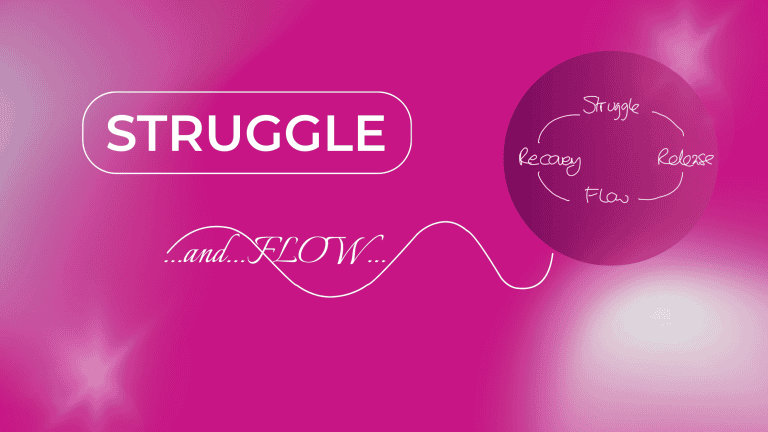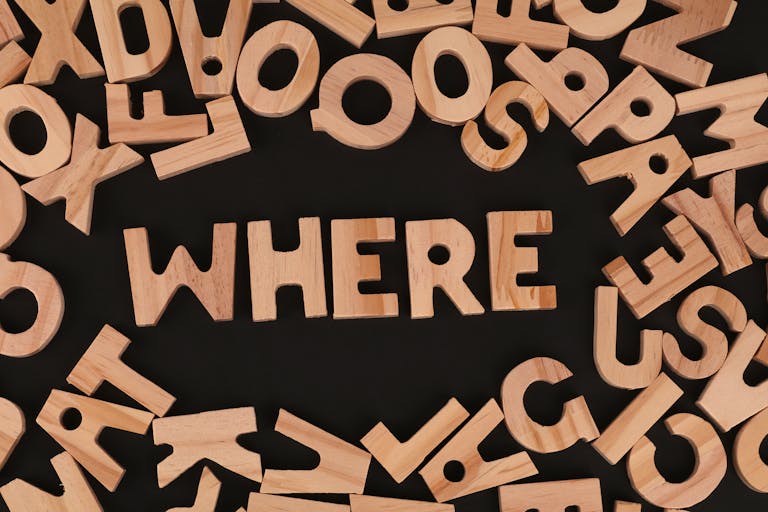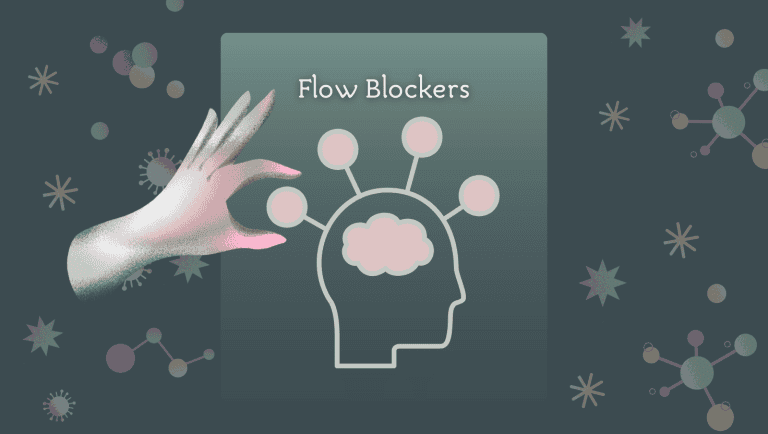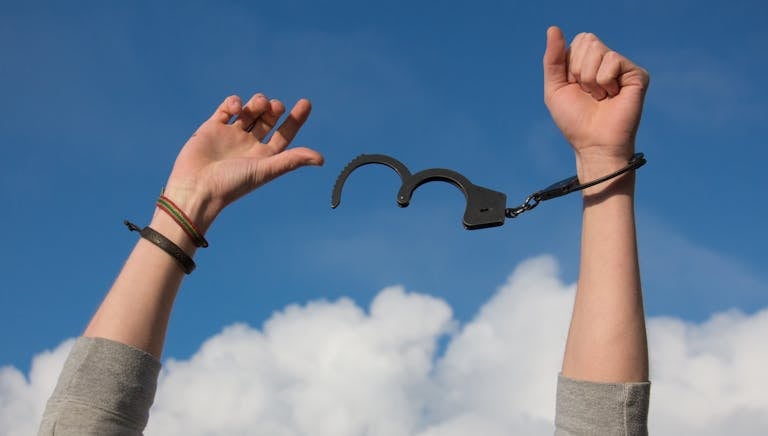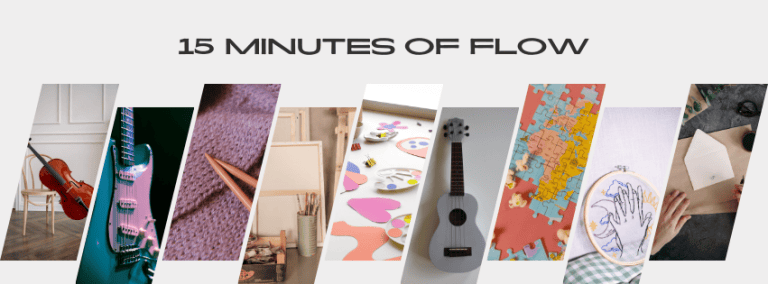Let’s flow together, in group flow
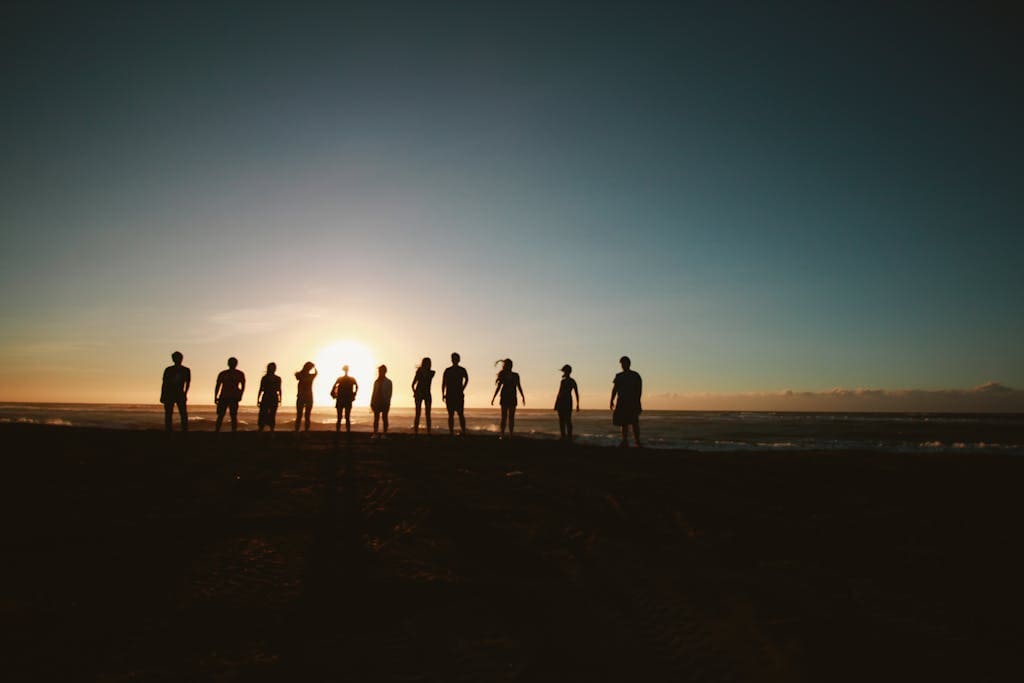
Happy Sunday!
I hope that you have had a fulfilling week.
We are somehow still in a dry season here in Wales. It is quite strange to have such extended warm weather, with barely any rain. It feels like we went straight from winter to summer here, I am really enjoying it!
I’m still exploring the concept of FLOW and how it applies to wellbeing and creativity. I’m fascinated with this topic at the moment. Especially after reading ‘The Art of the Impossible’.
The neurobiology of the state of flow seems to be filling in some gaps for me for things that I have been trying to explain for many years but did not have the language for.
For this week. I wanted to speak a little about the value of community when it comes to creative activities.
Group Flow
Have you ever been involved in a creative activity with others and noticed how differently time passes? There is a state called ‘group flow’ that we can apparently enter when we are creating with others. The psychologist Keith Sawyer highlighted this process when he studied jazz musicians and theatre improvisation groups.
When we create in community, several fascinating things happen:
Our brains synchronise through what neuroscientists call “neural coupling”. This is what we mean by the phrase “being on the same wavelength”. We benefit from immediate, organic feedback loops that push our creativity further. Also, the positive emotional contagion of seeing others in flow helps us access our own flow states more easily.
I experienced this recently during a songwriting collaboration. We were in a group of four, in a studio with an experienced producer who managed to swiftly put a track together based on what I was humming. The lyrics and subsequent melodies seemed to come to us effortlessly whilst the producer seemed to lay the rest of the track down in answer to what we were singing melodically. It was a wonderful session where it felt like we were all in flow together. Time felt neither fast nor slow, just kinda suspended for a little while.
There were two parts where we had to get through some frustrations, but we did this and moved back through into flow.
Have you ever felt like this whilst carrying out a creative activity with others?
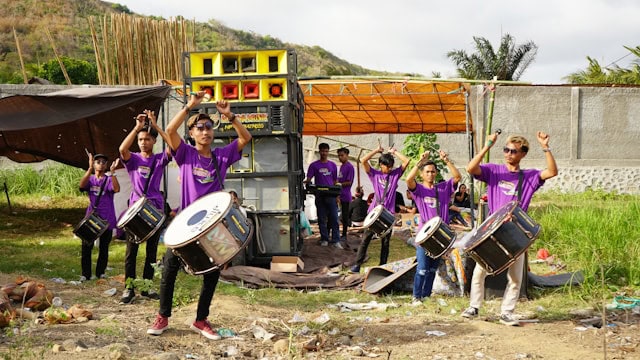
The ‘Fifteen Minutes of Flow’ Community
I think that holding space and having some accountability can be helpful parts of the experience, as well as the people we flow with. This was one of the main reasons why I set up the “Creative Flow” Facebook group. I think this group could be a useful space for conversations about reigniting and reclaiming our creativity, sharing struggles and victories, and creating accountability for each other.
The weekly 15-minute live stream can be a main pillar of accountability. Every Sunday at 7.30pm (UK time) we can gather to practice whatever activity we want to practice, in our own spaces but with others online who are also practicing. At the moment I am the only person on camera so there is no pressure. I hope that the constraints of 15 minutes and the accountability of this date will help us to commit to a regular creative habit.
It is Okay To Start Small, Just Start, And Make it A Regular Habit
You could also find 1-2 people to join you in your preferred creative activity. Just one accountability partner can be enough. Having a simple structure and repeating it can really help to feel like you are moving forward too. Tight constraints can sometimes paradoxically help the brain to be guided into flow more quickly.
Join Me Today for Fifteen Minutes of Flow LIVE
Today’s Fifteen Minutes of Flow LIVE session will be at 7:30pm (UK time). We will create in our own spaces but at the same time, together.
How Our Session Will Unfold:
Introduction & Community Opening Ritual
Setup Time (2 minutes)
A brief moment to arrange your creative space and materials.
Practice (5 minutes)
During this 5-minute period, we can reduce any clear blockers to our process, and carry out some initial practice. This practice is important in identifying any blocks and frustrations and training our brain to focus on the creative task and not get distracted by blockers to the task.
Each time you practise these techniques, you’re not just preparing for today’s session, you’re developing a reliable pre-flow ritual that your brain will eventually recognise as the doorway to your creative state.
Focused Creative Time (15 minutes)
Our core creative practice time where we will engage with our chosen creative activity.
Reflection & Sharing (5 minutes)
An opportunity to discuss what worked and what didn’t in overcoming blockers.
Optional Journaling (7 minutes)
Free-writing to offload and process the session, or anything else from the week that has just gone. You could journal about moments when you felt blocked and how you moved through them.
The Creative Flow Community
Here’s How to Join:
Join Our Facebook Group – For ongoing connection, support, and flow-focused community, join our dedicated Facebook Group. All session links will be posted there, along with additional resources and discussions.
Subscribe to My YouTube Channel – The live session will be streamed on my YouTube channel.
Mark Your Calendar – Today’s session begins at 7.30pm (UK time). All you’ll need is:
Your chosen creative materials (whatever speaks to you today)
A quiet space where you can focus for up to 30 minutes
A willingness to experiment with your creative process
Further reading & Resources
Mihaly Csikszentmihalyi’s classic work “Flow: The Psychology of Optimal Experience” lays the foundation for understanding individual flow states.
Susan Cain’s “Bittersweet” explores the connection between creativity and community from an introvert’s perspective.
R. Keith Sawyer’s “Explaining Creativity: The Science of Human Innovation” provides a comprehensive overview of creativity research, including social dimensions.
Teresa Amabile’s research on the social psychology of creativity offers insights into how social environments influence creative production.
Keith Sawyer’s book “Group Genius: The Creative Power of Collaboration” explores how innovation emerges from collaborative creativity.
For more on neural coupling, see Uri Hasson’s research in “Brain-to-brain coupling: a mechanism for creating and sharing a social world”.
Charles Limb’s work on “Neural Substrates of Spontaneous Musical Performance” provides fascinating insights into the brain activity of musicians improvising together.
The best moments in our lives are not the passive, receptive, relaxing times… The best moments usually occur when a person’s body or mind is stretched to its limits in a voluntary effort to accomplish something difficult and worthwhile.
Mihaly Csikszentmihalyi, Flow: The Psychology of Optimal Experience
In the flow state, attention becomes so laser-focused that everything else falls away. Action and awareness merge. Time flies. Self vanishes. All aspects of performance, both mental and physical, go through the roof.
Steven Kotler, The Rise of Superman

